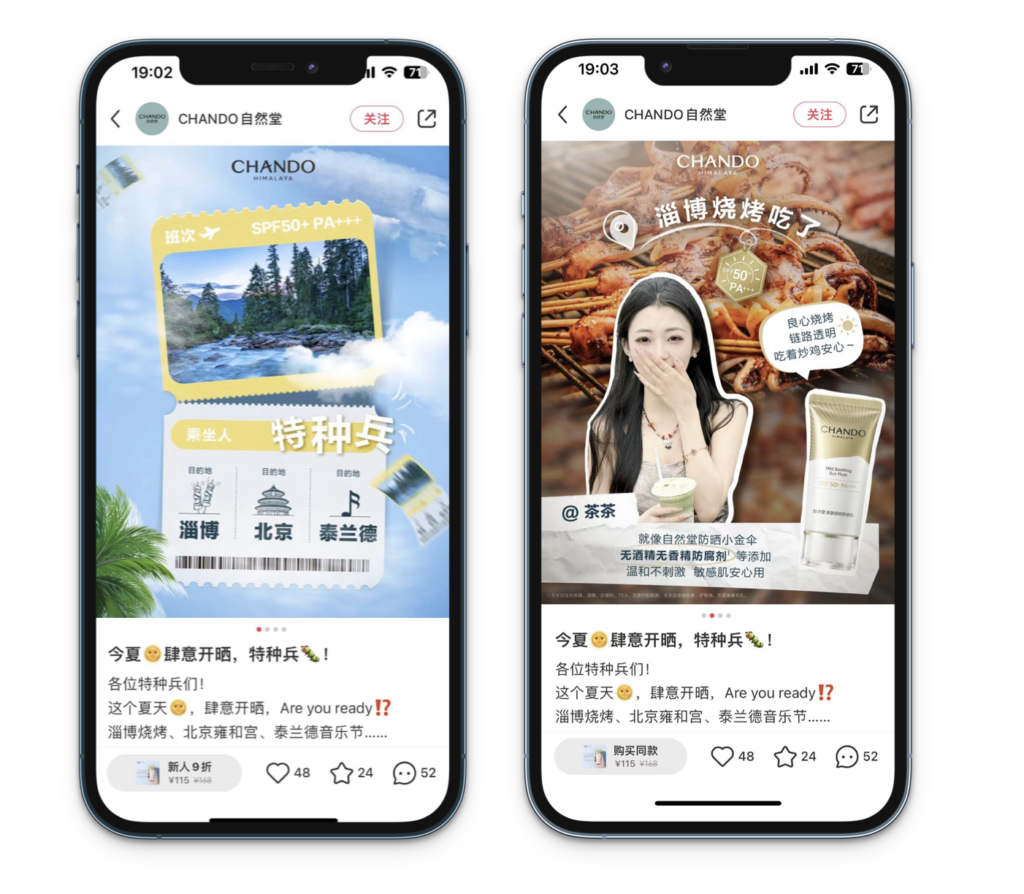During Labor Day holiday, the number of Chinese people traveling inside the country reached a record high. Simultaneously, a new internet buzzword gained popularity: “Special Forces Tourism” (特种兵式旅游).
As a novel form of tourism, “Special Forces’ Tourism” is characterized by time constraints, multiple scenic spots, and affordability — mainly appealing to college students or recent graduates. This trend can be attributed to two factors. Firstly, there is a pent-up enthusiasm for tourism that has been suppressed by the pandemic for three years. Secondly, Gen Z college students and recent grads face financial constraints. To address these challenges, they utilize their resourcefulness, leverage the convenience of online information, and focus on maximizing time efficiency and cost-effectiveness. Their goal is to save money, save time, and have an enjoyable experience.
Gen Z are eager to share their lives and experiences on social media and obtain sense of identity. With similar mindset and goal, “Special Forces Tourism” suddenly become an online sensation among young people. Xiaohongshu even created a collection of “Special Forces Tourism” pages during the Labour Day holiday to facilitate users to search recommended destinations and seek travel advice.

Typical Special Forces Tourism route map sharing on Xiaohongshu
This trend further confirms the behavioral and psychological patterns of Gen Z. They are accustomed to searching for and filtering useful information on social media, paying attention to product value for money, and craving leisure activities as a means to “escape from current life”.
What did brands do?

McDonald’s called their followers “Special Forces” when inviting them to try the new products.

The local beauty brand CHANDO promoted their newly launched sunscreen product via this trend.
Furthermore, when Gen Z spending the least amount of time and money to travel, they pay attention to lightweight equipments such as portable fans, power bank, juicer, sports kettles, bluetooth headphones. Other than portability and functionality, young people focus more on good-looking products. Co-branded summer supplies such as sunscreen sleeves, sunscreen hats, sunglasses are all best-selling products under this trend. Brands shall never miss the opportunity to reach the target audience at this point.
For more marketing strategies towards young people in China, please check our blog: What Brands Must Know — Marketing Strategies for Gen Z.







